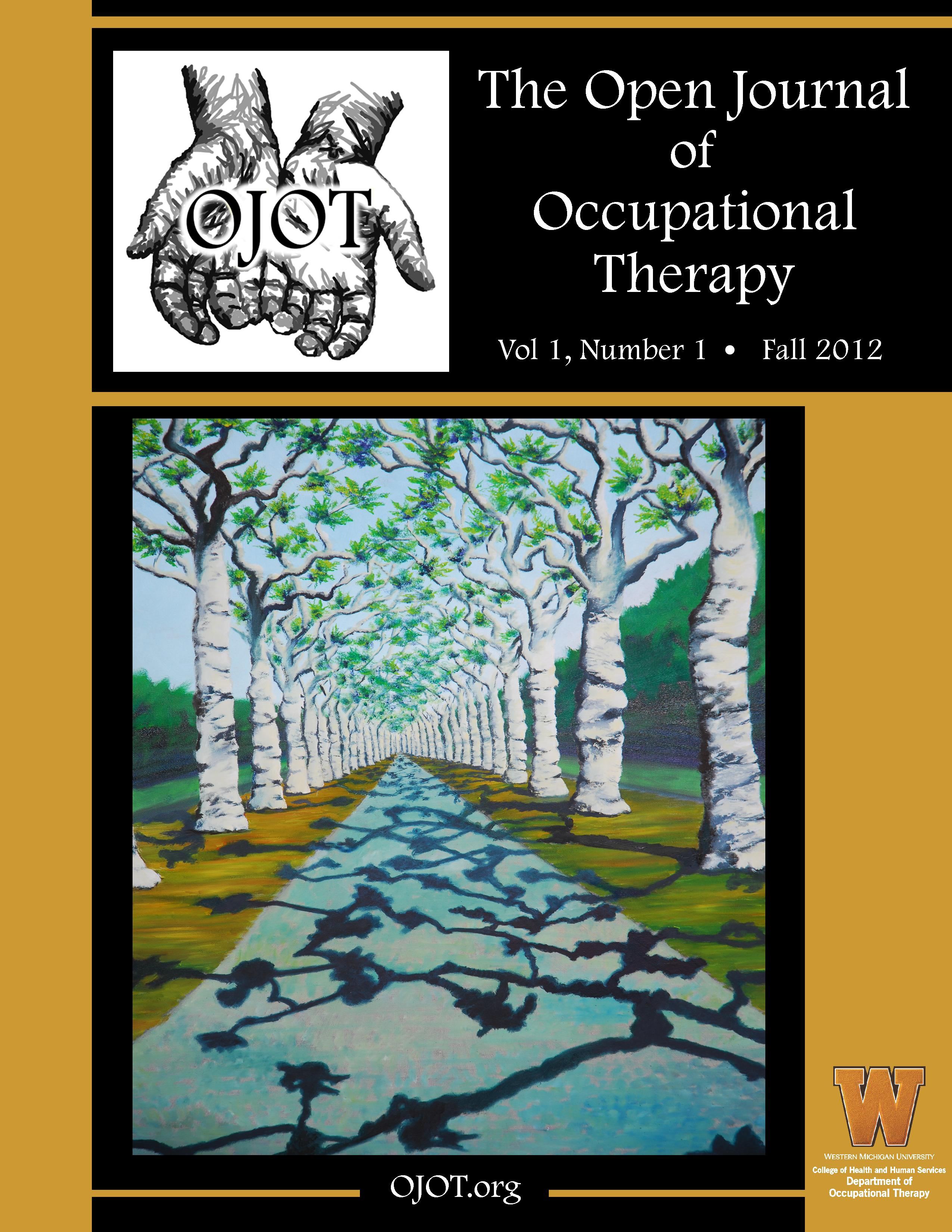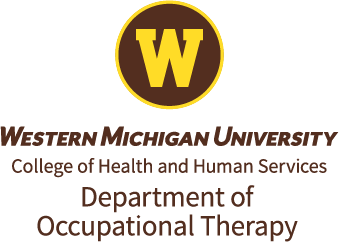ScholarWorks > HHS > OT > OJOT > Vol. 9 > Iss. 2 (2021)
Credentials Display
Jennifer Fortuna, Ph.D., OTR/L; Anne Riddering, Ph.D., OTR/L, CLVT, COMS; Linda Shuster, Ph.D., CCC-SLP, F-ASHA; Cassie Lopez-Jeng, Ph.D., MPH, CPH, CHES
Abstract
Background: Existing research on health literacy identifies a disconnect between the readability of patient education materials (PEMs) and the reading abilities of American adults. For people with age-related macular degeneration (AMD), central vision loss creates an additional barrier to health literacy. This study explored how evidence-based guidelines for creating easy-to-understand written materials influenced the usability of PEMs in people with AMD.
Methods: Evidence-based guidelines were applied to modify one PEM. Standardized tools quantified differences in readability and suitability between the original and modified PEM. Twelve people with AMD rated the comprehensibility (design quality) and shared personal preferences during semi-structured interviews.
Results: The modified PEM showed statistically significant improvements in readability, suitability, and comprehensibility. Mean readability decreased 5.9 grade levels. Suitability increased from 20% (not suitable) to 82% (superior). Comprehensibility also improved significantly. The majority of the participants indicated the modified PEM made information easier to read (75%), understand (83%) and locate (92%). Qualitative analysis revealed themes related to reading challenges, optical devices, and patient-provider interactions.
Conclusion: Applying evidence-based guidelines for low health literacy and low vision created a significant improvement in the usability of written health information. Actively involving people with AMD in the research provided valuable insight. Additional research is warranted.
Recommended Citation
Fortuna, J., Riddering, A., Shuster, L., & Lopez-Jeng, C. (2021). Assessment of Modified Patient Education Materials for People with Age-Related Macular Degeneration. The Open Journal of Occupational Therapy, 9(2), 1-17. https://doi.org/10.15453/2168-6408.1787
Included in
Communication Sciences and Disorders Commons, Occupational Therapy Commons, Public Health Commons



Comments
The authors report no potential conflicts of interest.